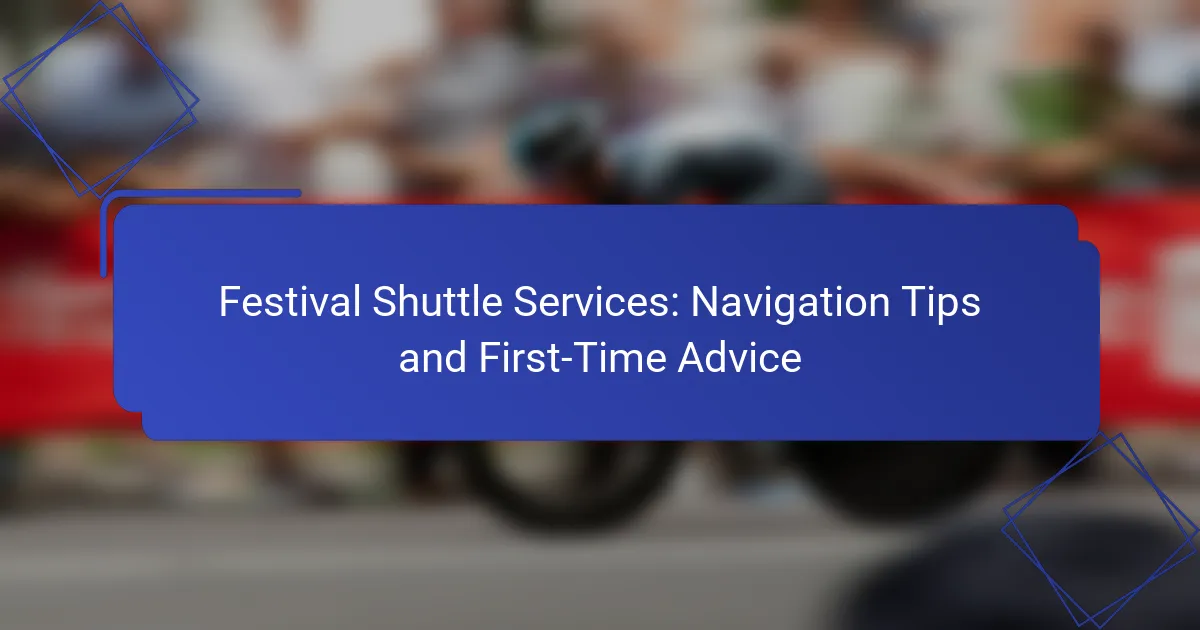When deciding between public transport and car rentals, it’s essential to consider factors like cost, convenience, and your travel needs. Public transport is often the most economical choice in urban areas, providing an efficient way to navigate crowded streets without the hassle of parking. Conversely, renting a car offers greater flexibility and comfort, making it ideal for exploring remote locations or traveling with a group.

When should I choose public transport in major cities?
Choosing public transport in major cities is ideal when you want to save money, avoid traffic, and reduce your environmental footprint. It is often more efficient for navigating densely populated areas where parking is limited and expensive.
Cost-effectiveness
Public transport is generally more cost-effective than renting a car, especially in urban settings. Monthly passes for buses and trains can cost significantly less than daily car rental fees, parking charges, and fuel expenses.
For instance, a monthly public transport pass in cities like London or New York can range from 100 to 200 USD, while daily car rentals can easily exceed 50 USD, not including parking fees.
Convenience in urban areas
Public transport often provides greater convenience in urban areas where traffic congestion and limited parking can be major hassles. Trains and buses typically have designated lanes, allowing them to bypass traffic jams.
Additionally, public transport schedules are designed to accommodate high commuter volumes, making it easier to get to your destination without the stress of finding parking.
Environmental impact
Using public transport significantly reduces your carbon footprint compared to driving a rental car. Buses and trains can carry many passengers simultaneously, which lowers emissions per person.
For example, a full bus can replace dozens of cars on the road, contributing to lower overall pollution levels in major cities.
Availability of routes
Major cities typically have extensive public transport networks that cover a wide range of routes. This availability makes it easy to reach various neighborhoods, attractions, and business districts without needing a car.
Many cities also offer real-time tracking apps, allowing you to plan your journey efficiently and avoid long waits.
Traffic congestion
Public transport can help you avoid the frustrations of traffic congestion that often plague major cities. Buses and trains can navigate through traffic more effectively, reducing travel time during peak hours.
In contrast, driving a rental car during rush hour can lead to significant delays, making public transport the more reliable option for timely arrivals.

When is it better to rent a car?
Renting a car is often better when you need flexibility, plan to visit remote areas, or are traveling with a group. It allows you to travel at your own pace and access locations that may not be easily reachable by public transport.
Flexibility and freedom
Renting a car provides unmatched flexibility, allowing you to create your own itinerary without being tied to public transport schedules. You can easily change plans, make spontaneous stops, and explore off-the-beaten-path destinations.
This freedom is particularly beneficial in regions where public transport is limited or infrequent, enabling you to maximize your travel experience.
Traveling to remote locations
For trips to remote locations, a rental car is often essential. Many scenic spots, national parks, or rural areas lack reliable public transport options, making a car rental the most practical choice.
Having your own vehicle allows you to reach these hidden gems that would otherwise be inaccessible, enhancing your adventure.
Group travel advantages
When traveling with a group, renting a car can be more economical and convenient than purchasing multiple public transport tickets. A single vehicle can accommodate everyone, reducing costs and simplifying logistics.
Additionally, it allows for shared experiences, as you can all travel together, making the journey part of the fun.
Time efficiency
Renting a car can save significant time, especially if you have a packed itinerary. You can avoid waiting for buses or trains, which may not run frequently or on time.
This efficiency is crucial when you have limited days to explore, allowing you to visit more attractions within a shorter timeframe.
Comfort and privacy
A rental car offers a level of comfort and privacy that public transport cannot match. You can enjoy personal space, control the climate, and listen to your own music without disturbances.
This comfort is particularly valuable during long drives or when traveling with family, making the journey more enjoyable for everyone involved.

What are the key differences between public transport and car rentals?
The key differences between public transport and car rentals lie in cost, convenience, and flexibility. Public transport typically offers a more economical option, while car rentals provide greater freedom and comfort for travelers.
Cost comparison
Public transport is generally more affordable than car rentals. For instance, a single bus or train ticket might cost a few dollars, while renting a car can range from $30 to $100 per day, depending on the vehicle type and rental duration.
Additionally, consider extra costs associated with car rentals, such as fuel, insurance, and parking fees, which can add up quickly. Public transport usually has fixed fares, making budgeting simpler.
Travel experience
Traveling by public transport can be a social experience, allowing you to interact with locals and other travelers. However, it may involve waiting times and crowded conditions, especially during peak hours.
In contrast, car rentals offer privacy and comfort, enabling you to travel at your own pace. You can choose your route and make spontaneous stops, enhancing your overall travel experience.
Accessibility
Public transport accessibility varies significantly by location. In urban areas, buses and trains are often equipped for individuals with disabilities, while rural regions may have limited options.
Car rentals provide a more universally accessible option, as you can select a vehicle that meets specific needs, such as larger space for mobility aids. However, ensure you check for any additional requirements or fees for specialized vehicles.
Duration of travel
The duration of travel can differ greatly between public transport and car rentals. Public transport schedules may require longer travel times due to stops and transfers, particularly in cities with extensive networks.
Car rentals typically allow for faster travel, as you can take direct routes without waiting for connections. However, traffic conditions can significantly affect travel times, so plan accordingly.
Insurance and liability
When using public transport, liability is generally minimal; the transport company is responsible for passenger safety. However, it’s wise to check for any personal insurance coverage for accidents or injuries.
With car rentals, you must consider insurance options carefully. Rental companies often offer various insurance packages, and it’s essential to understand what is covered to avoid unexpected costs in case of damage or accidents.

What factors should I consider when deciding between the two?
When deciding between public transport and car rentals, consider your travel itinerary, duration of stay, local traffic laws, parking availability, and personal preferences. Each factor can significantly influence the convenience, cost, and overall experience of your journey.
Travel itinerary
Your travel itinerary plays a crucial role in determining whether public transport or a rental car is more suitable. If your plans involve visiting multiple destinations that are well-connected by public transport, it may be more efficient to use buses or trains. Conversely, if your itinerary includes remote locations or places with limited transport options, renting a car could provide the necessary flexibility.
Duration of stay
The length of your stay can impact your choice between public transport and car rentals. For short trips, public transport might be more economical and less hassle, as you can avoid rental fees and insurance costs. However, for longer stays, the convenience of having a rental car can outweigh the initial costs, especially if you plan to explore extensively.
Local traffic laws
Understanding local traffic laws is essential when considering a rental car. Different countries have varying regulations regarding speed limits, road signs, and driving customs. Familiarizing yourself with these rules can help you avoid fines and ensure a safer driving experience. In contrast, public transport typically adheres to established schedules and routes, minimizing the need to navigate unfamiliar laws.
Parking availability
Parking availability is a significant factor when deciding between public transport and car rentals. In urban areas, parking can be limited and expensive, making public transport a more practical choice. If you opt for a rental car, research parking options in advance to avoid frustration and unexpected costs. Some cities may offer park-and-ride facilities, allowing you to park outside the city and use public transport for the remainder of your journey.
Personal preferences
Your personal preferences can heavily influence your decision. If you value independence and flexibility, a rental car may be the better option, allowing you to travel at your own pace. On the other hand, if you prefer a more relaxed travel experience without the stress of driving, public transport can be a convenient alternative. Consider your comfort level with driving in a new environment and the overall travel experience you desire.



